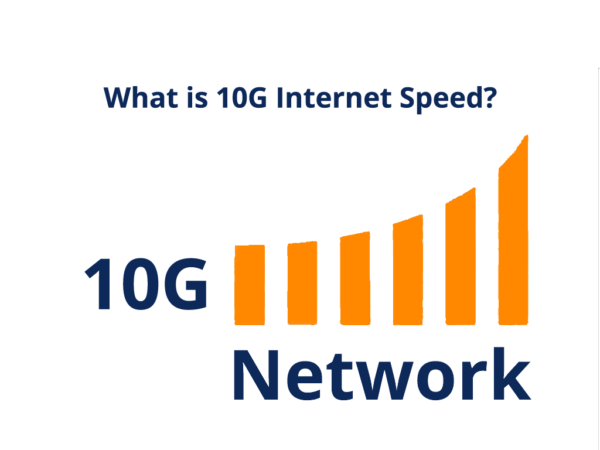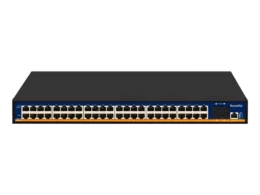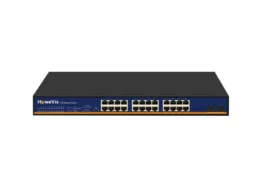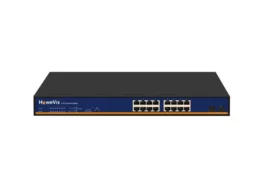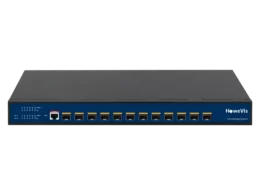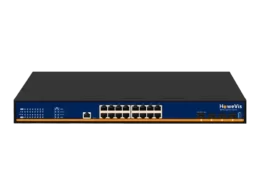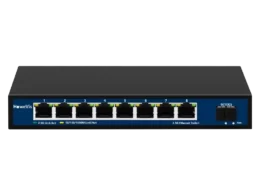10G Ethernet enables high-speed data. The maximum data speed is 10 gigabytes or 10 billion bytes per second. Such tremendous data speed is the ultimate solution for downloading and storing gigabytes of files within seconds. At data-intensive units such as data centers, 10G Ethernet has revolutionized and replaced the old technology.
The world is not lagging nowadays. It all is possible due to advanced technology. In the 1990s, achieving 10 Mbps speed was a dream. But, with time, you can download data at 100 Gbps speed. What you heard is true— 100 Gbps Speed. Ethernet technology has made it feasible. In the case of WiFi, you can maximally get 1 gigabyte per second. Don’t you think Ethernet technology is the solution to your data problem? I suppose it is a preferable option for industrial Ethernet or data centers.
What is 10G Ethernet?
You might have heard of 4G or 5G technology. Internet service providers(ISPs) strive to achieve 5G data speed. Some countries, like China, the USA, and South Korea, have implemented this technology. Still, more countries need to test and work on it.
In the case of Ethernet, you have 10G Ethernet from 2002. Just check the gap of years between Ethernet-enabled 10G and cellular-enabled 5G.
Now, the question is — Is a 10G Ethernet solution for your network? What is 10G Ethernet precisely?
10G Ethernet, or called 10GbE, is a technology that transfers data frames at 10 gigabytes per second. IEEE developed the first working standard of 10G Ethernet, 802.3ae 2002. Ethernet switches provide the data and enable this technology in the network.
What does maximum speed 10G Ethernet provide?
10G Ethernet offers technological solutions. You can even connect your smartphones without relying on the 5G technology that ISPs allow. Not all countries have access to 5G, so maybe that is the reason 4G is still dominating in your country. But the golden point here is that 10G Ethernet is available around the globe, not just in China or the US.
But, here arises another fundamental question. Is 10 Ethernet worth it? How much data speed can I get from 10G Ethernet?
The answer is a bit complex. I will divide the data speed into two aspects.
- Downloading speed
- Transfer speed
Downloading speed and transfer speed are both different. Do you know why? Because downloading receives the data packets from the 10G Ethernet while transferring the data packets from one computer to another. So, here are both types of data options:
Downloading speed
The downloading speed directly involves the Ethernet speed. For example, if you are using Fast Ethernet. The maximum speed will be 100 Mbps, not more than that. In the case of 10G Ethernet, you can expect a downloading speed of 10 Gbps.
Let’s take an example of 100GB of a data file. If we use 10G to download this file, how long would it take? Maybe 10 seconds. Do you think it is still more time-consuming? Not at all.
Transfer speed
Transfer speed is a bit different in the case of 10G Ethernet. It is not 10 Gbps. Instead, it is almost 1.25 Gbps. Still, it is not a wrong speed compared to WiFi speed.
So, how long will it take to transfer the 100GB of data file?
It will take almost 80 seconds to transfer the file. It is a good option for data centers that use multiple WiFi networks to empower their system with high-speed data.
Eight different standards of 10G Ethernet
There is an evolution in the 10G Ethernet technology. Today, the 10G is not the same as that of 2002. Better speed, compatibility, production, and bandwidth are better structured to support your Ethernet networks effectively.
So, what precisely is a standard?
Standard is a simple term used to describe the working principle of relevant technology. Whether you are using WiFi or Ethernet, all have some operating principles. Those principles are their standards.
For example, WiFi 6.0 relies on standard 802.11ax, while 10G Ethernet has 802.3ch.
Here is a brief discussion of 10G Ethernet standards.
IEEE 802.3ae
The earliest standard of 10G Ethernet is 802.3ae. IEEE introduced it in 2002 with 10 gigabytes per second of essential data speed. It is compatible with both the copper wire and optical fiber system.
IEEE 802.3ak
After the first standard, IEEE upgraded the Ethernet bandwidth and proposed another update for the 10G internet. IEEE introduced the 802.3ak measure in 2004. As the first standard, its data speed is 10 gigabytes per second.
IEEE 802.3an
IEEE 802.3an works over the 10GBASE-T Ethernet with twisted copper wires. The maximum speed is 10 gigabytes per second.
IEEE 802.3ap
IEEE upgraded the 10G Ethernet standards and enlisted the 802.3ap standard. Depending on the Ethernet port, it can provide a data supply of 1 Gbps and 10 Gbps.
IEEE 802.3aq
IEEE 802.3aq works on the optical fiber and provides data speeds up to 10 Gbps.
IEEE 802.3av
In 2009, IEEE upgraded the previous versions of 10G Ethernet and proposed 802.3av. It functions with 10GBASE-PR with 10 Gbps.
IEEE 802.3bz
802.3bz has different data speeds from other Ethernet category cables. For example, it provides 2.5 Gbps when used with Cat5 and 5 Gbps with Cat6. If you use Cat7 or Cat8, you can expect a speed of 10 Gbps.
IEEE 802.3ch
IEEE 802.3ch is the latest standard for 10G Ethernet, first operating in 2020. Depending on your Ethernet ports, you can expect 2.5, 5, and 10 Gbps data speeds.
What types of ports are compatible with 10G Ethernet?
10G Ethernet is compatible with Ethernet ports, especially Cat6 and higher versions. But the answer is not as simple as you might think. Do you know why? Because we have different types of Ethernet ports. Have a look at the list of Ethernet ports available today.
- Cat3
- Cat5
- Cat5a
- Cat6
- Cat6a
- Cat7
- Cat8
- Cat8i
Cat3 is no longer in use today. Do you know why? Because of many reasons, for example, low bandwidth, lower data speed, and limited range.
With Cat5, you can get a maximum speed of 2.5 Gbps. When you use Cat6, the rate increases to 5 Gbps. With Cat6a or the latest Cat7 or Cat8, you can observe a maximum speed of 10 Gbps. It is still enough, even if you store and manage data applications.
EndNote
10G Ethernet is famous around the globe due to lower network latency and higher data speed. It becomes essential for you to find a solution for data-intensive usage units. At this point, your WiFi 6.0 becomes ineffective. 10G Ethernet can input solutions to your data problems.
If you want detailed uses of 10G, go through the article —What is 10GB Ethernet used for?
